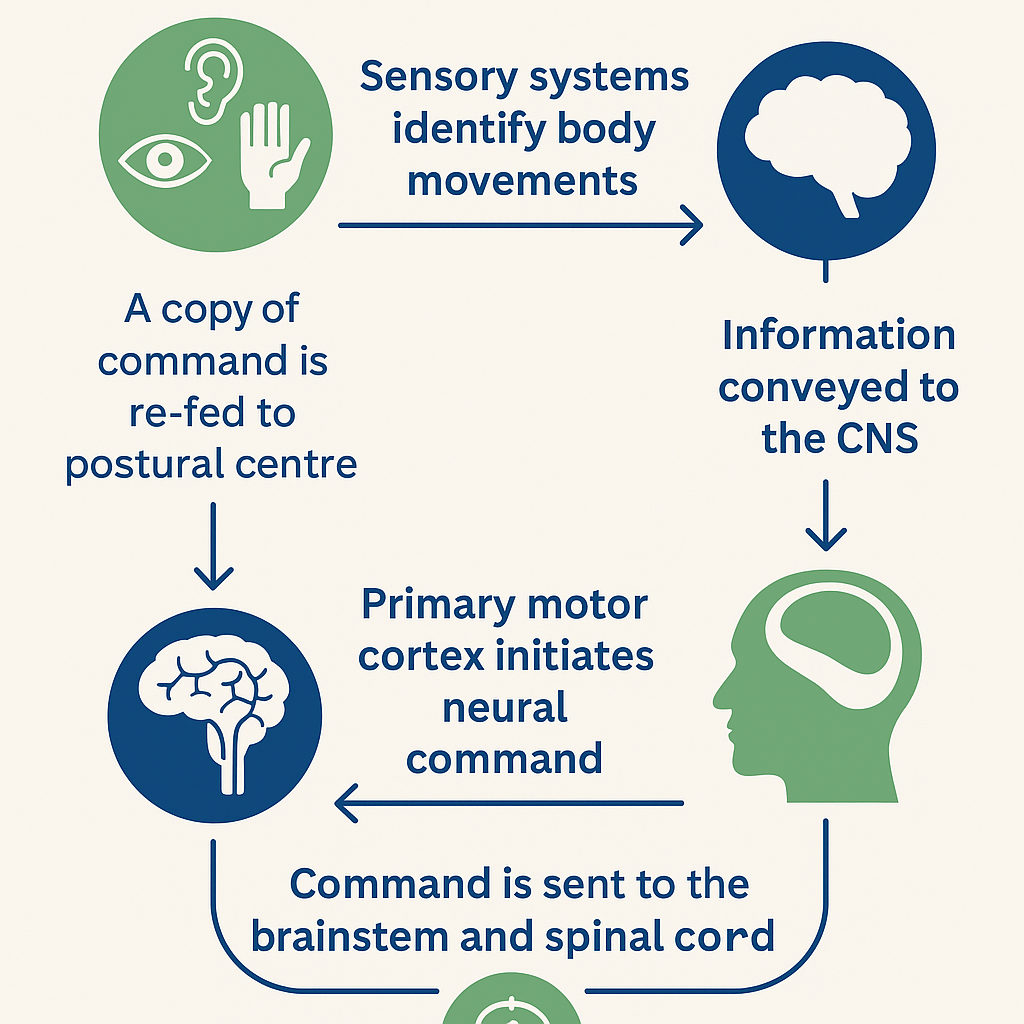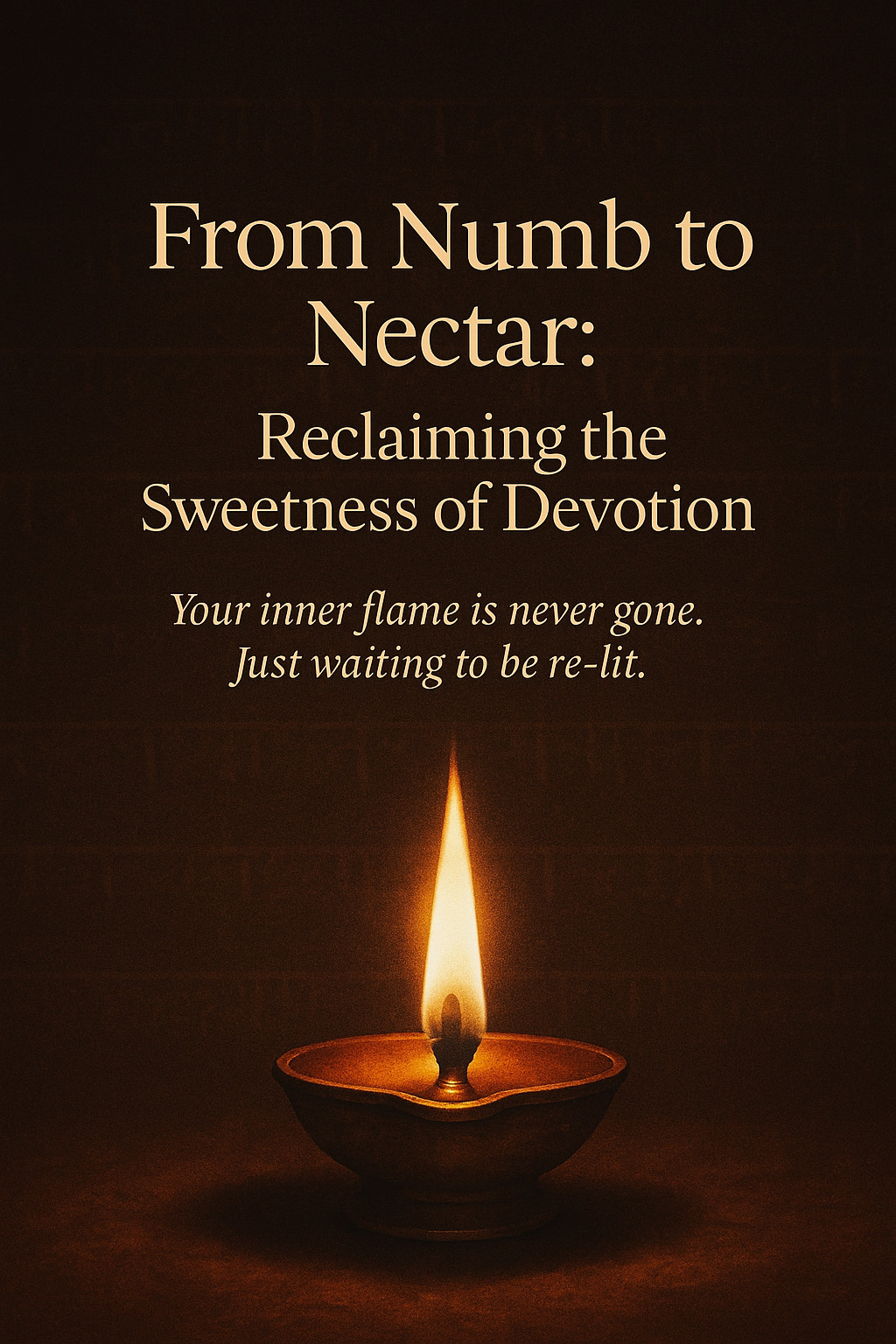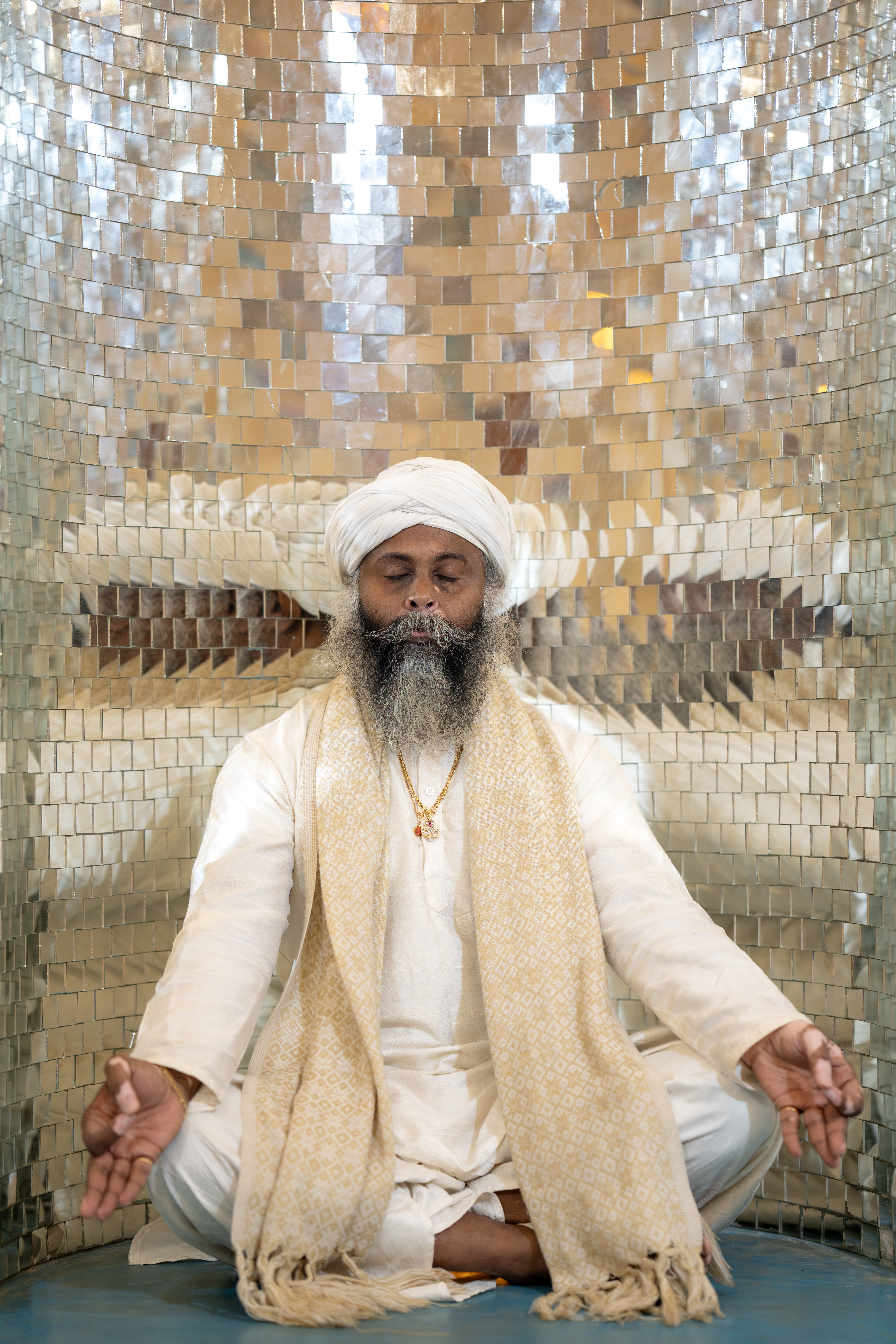Have you ever wondered how you manage to stand upright, walk without falling, or regain balance after slipping? These seemingly simple actions are possible thanks to a sophisticated and lightning-fast process called postural control.
Postural control is the body's ability to maintain stability and orientation in space. Whether you’re sitting, standing, or moving, your body continuously adjusts itself to stay balanced. But this process involves much more than just your muscles—it’s a finely tuned interplay between your sensory systems, nervous system, and muscular coordination.
Let’s break down how it works, step by step:


🔍 1. Sensory Systems Identify Body Movements
The first step in postural control starts with your sensory systems, which include:
- Visual system (eyes): Helps determine your body’s position in relation to the environment.
- Vestibular system (inner ear): Detects head movement and spatial orientation.
- Somatosensory system (proprioception): Gathers feedback from muscles, joints, and skin about body position and movement.
These three systems work together to detect any shift, sway, or instability in your body.
🧠 2. Information Is Conveyed to the Central Nervous System (CNS)
Once the sensory systems detect a change, they send this information to the central nervous system, specifically to areas of the brain responsible for movement and balance. The CNS interprets this sensory input and decides how the body should respond.
Think of the CNS as the control tower of your body, processing data and coordinating responses in real time.
🧩 3. The Primary Motor Cortex Initiates a Neural Command
Based on the data it receives, the primary motor cortex—the region of the brain responsible for initiating voluntary movement—generates a neural command. This command determines how your body will correct or adjust its position.
For example, if you start to lean too far forward, the primary motor cortex tells your back and leg muscles to activate and pull you back to center.
🧬 4. The Command Travels to the Brainstem and Spinal Cord
Once the movement command is created, it travels down through the brainstem and spinal cord. These pathways ensure that the signal reaches the correct muscles quickly and efficiently.
The brainstem acts like a relay station, coordinating automatic postural responses, while the spinal cord sends the commands to the limbs and trunk muscles needed for balance correction.
🔁 5. A Copy of the Command Is Sent Back to the Postural Center
Here’s where it gets even more fascinating: your brain doesn’t just send the command out and hope for the best. It also sends a copy of the command (called an “efference copy”) back to the postural control center in the brain.
Why? This allows your brain to compare the intended movement with what actually happened, making adjustments in real time. If something doesn’t go as planned—like if you trip on uneven ground—the system reacts instantly to correct your posture.
It’s like your brain is watching its own instructions and making live edits.
🧘 Why This Matters in Real Life
Understanding how postural control works is more than just academic—it has practical value in:
- Fall prevention (especially in older adults)
- Sports performance and injury prevention
- Rehabilitation and physical therapy
- Yoga, dance, and movement training
- Neurological assessments and balance disorders
🧠 Final Thoughts
Postural control is a beautiful orchestration of your body’s sensory and motor systems. It allows you to stand, move, and adapt to your environment seamlessly. Every small step, turn, or reach you make involves an intricate feedback loop that keeps you safe, steady, and centered.
So the next time you catch yourself before a stumble or strike a perfect yoga pose, thank your nervous system—it’s working harder than you realize to keep you upright.


0 Comments